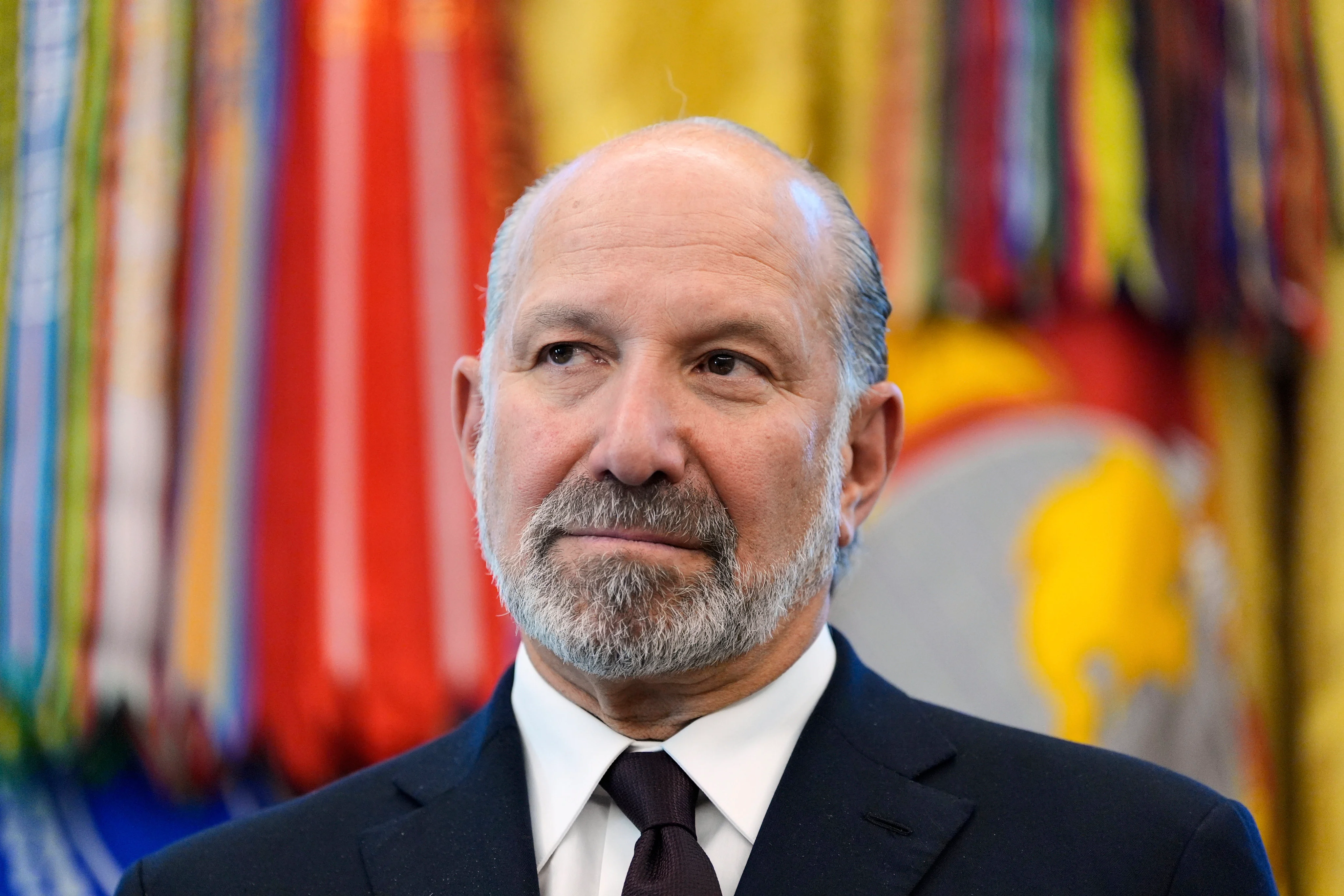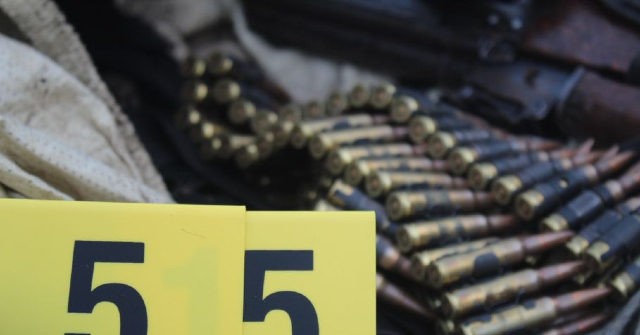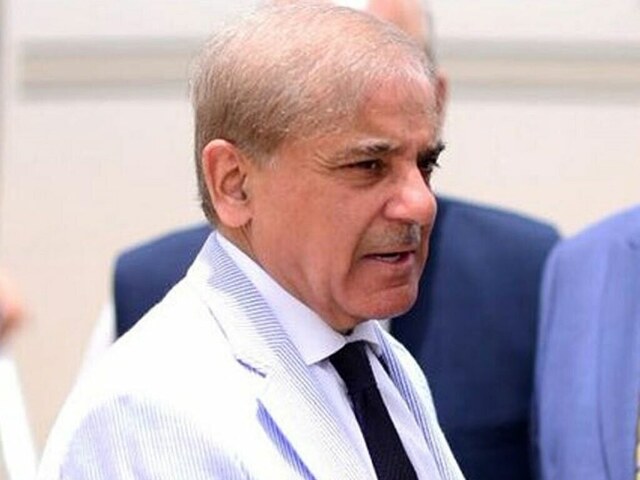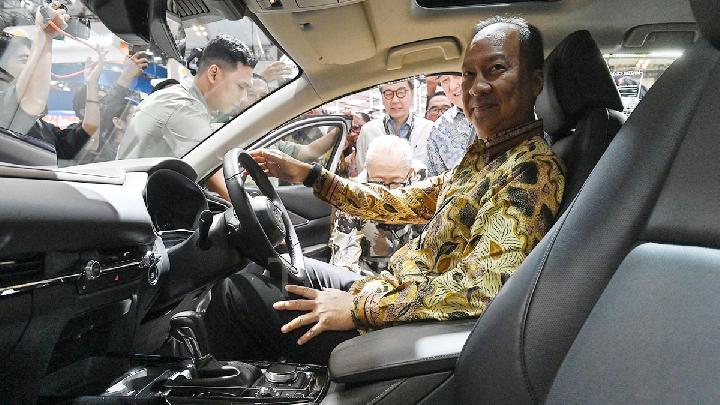By Lawrence Chung
Copyright scmp

The US commerce secretary’s remark that semiconductor production should be split “50-50” between the United States and Taiwan has fuelled concerns on the island over Washington’s defence commitment.
Howard Lutnick told US cable network NewsNation on Sunday that unless Taiwan moved a significant share of its chip production to America, Washington could not guarantee it would defend the island against an attack from Beijing.
Taiwan has long seen its semiconductor industry as a “silicon shield” because its dominance in advanced chips makes it important for global security – and compels the US to protect the self-ruled island.
But Lutnick said the concentration of semiconductor production in Taiwan was a vulnerability for America, not a guarantee for the island.
He said Beijing had been forthright about its ambitions.
“The Chinese have said, we’re going to take Taiwan – they’re not even shy about it,” Lutnick said. “So this is an issue, and my objective, and this administration’s objective, is to get chip manufacturing significantly onshore.”
Lutnick said that when he became commerce secretary, the US was producing just 2 per cent of the chips it consumed. He aims to push that to 40 per cent, a task he described as herculean. He said it would take a US$500 billion investment and the relocation of the entire supply chain.
Taiwan is central to the plan. “The idea that I pitched them was, let’s get to 50-50,” Lutnick said. “We’re producing half, and you’re producing half. We’re still fundamentally reliant upon you … but if we have half, we have the capacity to do what we need to do, if we need to do it.”
In response, Taiwan’s Office of Trade Negotiations on Monday said only that Taipei and Washington were “continuing active consultations on reciprocal tariffs and other trade issues, and once there is further information on the negotiations, we will provide an appropriate update”.
The office declined to comment on Lutnick’s call for a 50-50 split in semiconductor production.
Premier Cho Jung-tai has said that Taiwan’s priority was tariff relief, not capacity transfers. He told lawmakers this month that Taipei was seeking to lower the 20 per cent “reciprocal” tariff imposed by Washington and to ensure it was not imposed on top of existing duties.
Taipei has also reiterated that while TSMC, the world’s largest chipmaker, and other Taiwanese firms could build plants overseas, the island intended to keep its most advanced processes at home.
The main opposition Kuomintang on Monday accused the Democratic Progressive Party government of “selling out” the island’s most prized asset.
KMT lawmaker Hsu Yu-jen blasted the proposal as “not cooperation, but a forced partition of Taiwan’s lifeline industry”.
“The so-called silicon shield exists because of Taiwan’s unique concentration and irreplaceability,” Hsu said. “If Washington forces TSMC to split its capacity, that shield collapses and our bargaining chip for survival vanishes. Yet our government keeps silent, hiding the real price of these negotiations from the people. That is not just incompetence – it is betrayal.”
Huang Chien-hao, another KMT lawmaker, was more pragmatic, saying a US$500 billion American reshoring drive would require big purchases of Taiwanese equipment and expertise. He also called for Washington to treat near-term trade deficits as “investment” rather than punish Taiwan’s other industries with punitive tariffs.
Analysts say Lutnick’s remarks underscore the fundamental shift that has taken place in Washington.
Liu Pei-chen, a researcher with the Taiwan Institute of Economic Research, said the US was redefining the silicon shield.
“The US argument is that without enough domestic chips, it cannot protect Taiwan even if it wants to,” Liu said. “Only by reaching some level of self-sufficiency – whether 40 per cent or 50 per cent – can Washington defend its commitments without fear of being cut off itself.”
But she said it would be difficult to duplicate Taiwan’s efficiency abroad. “The US faces far higher labour, construction and regulatory costs. Visa hurdles have already raised the price of Taiwanese engineers working in Arizona,” Liu said. “To achieve 50–50 will mean steep costs, long delays, and constant pressure on Taiwan’s own resources.”
Political scientist Dennis Lu-Chung Weng, from Sam Houston State University in Texas, said Lutnick had revealed Washington’s logic – that “protection is not about shared values, but about resource exchange”.
“If Taiwan gives away too much capacity, its irreplaceability shrinks, and so does America’s incentive to protect it,” Weng said in a social media post. “Taiwan must draw clear bottom lines or risk being reduced to a pawn.”
Those concerns were echoed by Taiwanese business leaders. “Asking Taiwan to shift half its production to the US runs against the principles of free trade and free markets. The government must not agree,” said Lai Cheng-i, honorary chairman of Taiwan’s General Chamber of Commerce.
He said a mass transfer of production could prompt 200,000 hi-tech workers to leave the island and deprive the economy of more than a million high-spending consumers, creating a vicious cycle of decline.
Beijing regards Taiwan as part of China and has not ruled out the use of force to achieve unification. It has ramped up pressure on the island, including with military drills, since Taiwanese leader William Lai Ching-te took office last year and called Beijing a “foreign hostile force”.
Most countries, including the US – Taiwan’s main arms supplier and international backer – do not recognise the island as an independent state. Washington, however, is bound by law to arm Taiwan for self-defence and opposes any unilateral attempt to change the status quo by force.
As Taiwan’s security guarantee is used by Washington as a bargaining chip in a wider strategy of supply chain “de-risking”, and with tariff talks still unresolved, analysts say the island is facing a dilemma: how to cooperate enough to retain US support while keeping its technological edge.



